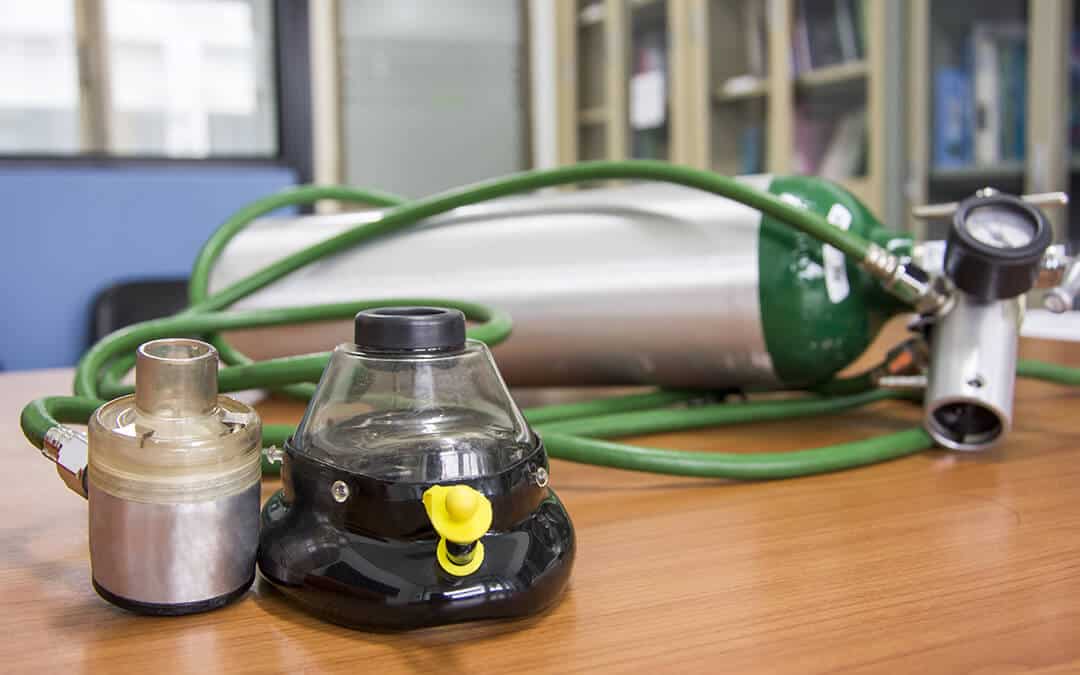Imagine being a paramedic, coming to a scene of rescue or arriving to answer a call. Imagine being told beforehand by your superiors: Conserve oxygen. Conserve oxygen where possible. These are dire straits, and oxygen is in critical and short supply. So, use your best judgment to assess whether or not this is a critical case. If it’s not critical, think about not administering oxygen.
The COVID-19 pandemic and its skyrocketing numbers have recently placed a new and extreme strain on oxygen supplies in California and beyond. In fact, Los Angeles County officials, according to reports by NBC News and KHN1, are warning paramedics to conserve oxygen in non-critical cases. News sources have recently reported that in some areas, “hospitals are having to delay releasing patients as they don’t have enough oxygen equipment to send home with them.” Cathy Chidester, director of the L.A. County Emergency Medical Services Agency, said, “Everybody is worried about what’s going to happen in the next week or so.”

The New York Times2 has reported that in Los Angeles County:
“emergency workers have been told to conserve oxygen and administer the minimum amount of oxygen to keep patients’ oxygen saturation level at or just above 90 percent. (A level in the low 90s or below is a concern for people with Covid-19.)”
What’s Going on With the Oxygen Supply?
Is the supply chain too weak to hold? Well, the infrastructure that delivers oxygen to hospitals, medical clinics, paramedic units and more has obviously been strained by the large number of critical patients due to the COVID-19 pandemic. KHN reported that “the strain in those areas is caused by multiple weak links in the pandemic supply chain. In some hospitals that pipe oxygen to patients’ rooms, the massive volume of cold liquid oxygen is freezing the equipment needed to deliver it, which can block the system.”

Also, rural locations can pose additional complicating factors in terms of oxygen supply and required infrastructure for optimal patient care. For example, among the Navajo nation in New Mexico, rural hospitals and healthcare clinics are sometimes housed in aging buildings that are not prepared or equipped to care for critical patients. The result? As more and more COVID-19 patients require high-flow oxygen, many facilities in the area are experiencing lower or weaker oxygen flow. Is something broken? No. In one case, reported by KHN3, engineers discovered that the systems were simply unable to provide the level of high-flow oxygen required by these patients.
To read more about the critical shortage of oxygen, see: “In Los Angeles and Beyond, Oxygen Is the Latest Covid Bottleneck”4 and “As the coronavirus rages in California, L.A. medics are told to ration oxygen.”5
